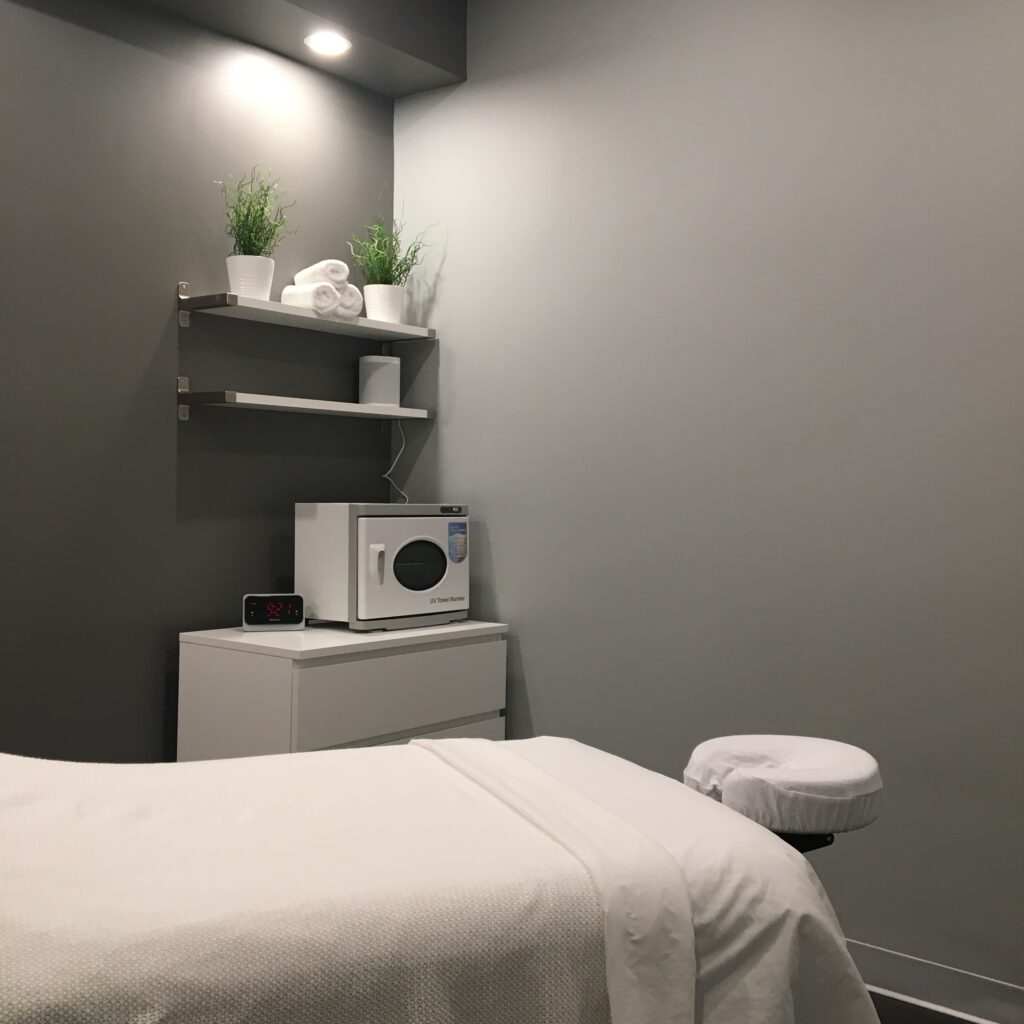What are the Benefits of Prenatal Massage?
The soothing and rejuvenating effects of massage therapy are of great benefit to many pregnant women. Massage is often a particularly welcome way to work out the body pains, strains, and stresses that so many women experience while they’re expecting. Prenatal massage is specially designed to safely bring the benefits of massage to pregnant and recently postnatal women.
However, having a massage while pregnant isn’t quite the same as a typical massage. Before booking your prenatal massage session, it’s helpful to understand some of the differences you can expect and be aware of important safety considerations.
How you’ll Benefit from Prenatal Massage
Many women experience some level of pain during pregnancy, as sluggish circulation and relaxing ligaments in their growing body lead to swollen joints and achy muscles. Back pain and postural strain are widespread, and massage helps loosen sore muscles and rebalance tension patterns. That swollen, heavy feeling in the legs can also be addressed with massage techniques that help alleviate fluid build-up, particularly in the lower extremities.
Besides bringing much-needed relief to sore spots, prenatal massage offers a host of other benefits, providing expectant mothers relief from physical and mental fatigue, headaches, sinus congestion, and even depression.
As with any therapeutic massage, prenatal massage helps flush metabolic wastes from the body, which is especially beneficial for pregnant women. It also promotes relaxation and restfulness, which helps to promote restful sleep and reduce insomnia.
After weekly prenatal massage treatments, mothers-to-be have shown diminished stress and anxiety levels and boosted levels of the “feel-good” hormones serotonin and dopamine. In turn, these hormonal changes have been linked to improved labour outcomes and newborn health, including reduced instances of complications and low birth weight.
How Prenatal Massage differs from Traditional Massage Therapy
For your safety and comfort, your body positioning while receiving a prenatal massage is not the same as it would be for a typical massage. Lying flat on the stomach often isn’t comfortable or even possible with a baby bump; even massage tables that have an abdominal opening to accommodate the belly can put pressure on the abdomen or allow it to hang, leading to painful stretching of the uterine ligaments. Lying flat on your back isn’t much better: it can put pressure on a major blood vessel, disrupting full circulation to your baby.
These risks can be avoided with the right positioning and support. You will likely be asked to lie in a side-lying and/or semi-reclined position for prenatal massage, often with additional support from pillows and cushions. The treatment may not last as long as a typical therapeutic session, perhaps 45 minutes instead of 60 to 90

What to know before you get a Prenatal Massage
It’s highly recommended to consult with your OB-GYN or midwife for medical clearance before beginning prenatal massage therapy – they’ll be able to discuss any pre-existing conditions, complications, or potential risk factors unique to your pregnancy.
When booking a treatment, remember to look for trained and certified prenatal massage therapists with experience working with pregnant women. Be sure to inform the receptionist at the time of booking that you’re expecting and your number of weeks into your pregnancy. This information is useful for the therapist to design your safe treatment plan and prepare the space accordingly. All therapists at Massage Experts are Registered Massage Therapists and are trained to safely provide prenatal massage.
Prenatal massage is safe during any trimester of a healthy pregnancy, though some massage providers choose not to treat women during their first trimester. All areas of the body can be massaged with proper modifications, but the abdomen may be too tender for some women, and only light pressure should be used. While firmer pressure can be used, if requested, to address tight areas, massage therapists should avoid using deep connective tissue techniques.
The belief that massaging the feet or ankles can trigger labour is a myth. However, an excellent prenatal massage therapist should know to avoid deep sustained pressure between the ankle and heel and use lighter pressure on the legs during pregnancy and for 8-10 weeks postnatal. Working the lower extremities too deeply runs the risk of dislodging blood clots, leading to serious health risks.

